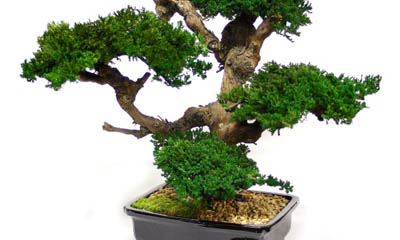 35+ Trends For Bonsai Tree Meaning In Marathi | Pink Wool
35+ Trends For Bonsai Tree Meaning In Marathi | Pink Woolbonsai bonsaiLog inDefinition and meaning The word "Bon-sai" (often miswritten as bonzai or banzai) is a Japanese term which, literally translated, means "planted in a container". This form of art is derived from an ancient Chinese horticultural practice, part of which was later redesigned under the influence of Japanese Zen Buddhism. He's been around for over a thousand years. The ultimate goal of growing a Bonsai is to create a miniaturized but realistic representation of nature in the form of a tree. Bonsai are not genetically dwarf plants, in fact any species of tree can be used to cultivate one. Bonsai "Akirafutokoro Prince" (706 AD). Source: University of Ritsumeikan What is exactly a Bonsai tree? Techniques such as pinch buds, pruning and wiring branches, and carefully restrict but do not abandon fertilizers are used to limit and redirect healthy growth. More commonly maintained under four feet (or about one meter) in height, Bonsai are not genetically dwarf plants. However, plants with smaller leaves make these compositions easier to design. In fact, any kind of plant that has a woody trunk or log, grows true branches, can successfully grow in a container to restrict its roots/food storage capacity, and has smaller or reducible leaves can be used to create a Bonsai. Look around your trees, bushes, hedgehogs, police in your yard or park, plants in the nursery or wild landscape – essentially any of them can be boot material. Carefully collected during the proper season of growth or stay with the appropriate permission, its composition begins. Most native plants can be grown outdoors; the material of more tropical climates needs at least some protection of the elements in temperate areas. In our you can find more information about specific care by species. Or use this guide in three steps. Bonsai Size Rating Bonsai's final goal is to create a realistic representation of nature. As a Bonsai becomes smaller (even a few inches/centres) it becomes increasingly abstract, rather than resembling nature in a more precise way. Several Bonsai classifications have been presented, and although the exact size classifications are disputed, they help to understand the aesthetic and botanical aspects of Bonsai. The classifications are originally based on the number of men needed to lift the actual tree. Size ratings, increasing in size Read more about the smaller trees in the article. Bonsai for sale in a market, Japan. Definition of Bonsai The Chinese characters for their landscapes of ancient dwarf trees were adopted to name the Japanese art form. Bonsai in Japanese is written as: ŭ. In short, the definition of Bonsai can be explained as: "Bon" [left character] is a thin dish or bowl ("a modified vessel that has been divided or cut in a deeper way"). "Sai" is a tree or another plant that is planted – "planted", as it would be a spider or spear or a pike stuck on the ground. "Bonsai" means or denotes "a tree planted in a shallow bowl." Bonsai meaning Now we know that the literal translation of Bonsai is "tree in pot", but what is the meaning of a Bonsai tree? A Bonsai tree is a replica of nature, in the form of a miniature tree, without showing human intervention too clearly. Bonsai tree connotations or meanings added/printed include: Read more about . Takao Itabashi original Takane Takashina reproduction. Poetry of Mototada Takatsukasa and others. Source: Ritsumeikan University Horticultural practices, or art form? Bonsai-en-training (also known as "potensai", potential Bonsai) should aim at a future creation more mature than the artist, at least has something in mind. And because these are done with living things, growing up, that future piece is never completed or finished. They will be presented within certain biological parameters, subject to health problems or remodeled by the tree with the assistance of caregivers. The oldest and longest Bonsai, due to natural changes, can experience several different styles throughout your long life. In fact, these trees can live longer than their full-size counterparts because of our increased attention to their health, water and nutrition needs, protection against climate ends, injuries that need attention or pests that require containment or removal. In our "" we have included an 800-year-old tree. The best Bonsai – whether it's a single tree or a multi-plant composition and rocky landscape – touches us, makes us notice, stops us while they capture our experience and imagination to show us something new. Thick corners, textured bark, twisted living wood interaction and dead wood, shallow roots, branching and twig, foliage pads, relatively small leaves or needles, a very complementary and relatively shallow container, small fruit or cones or flowers – these are just some of the most obvious features that can be used to help portray a miniature landscape. Not all are necessary or possible in any given composition, and cannot simply be included "just because". A true master craftsman knows, he feels what is necessary. And his creation is also up to us. Those true masterpieces are those that, when you look at them for the first time, can momentarily take your breath and raise a smile. The first Bonsai were picked up in nature and were interesting specimens that counted on many adventures or challenges during their long growing lives exposed to the elements. As their availability decreased over the centuries, landscape and nursery plants were tested and experienced. Finally, it was learned to form the trees to look like naturally sculpted specimens. Bonsai challenges our gardening skills, artistic aesthetics and design capabilities. Bonsai challenges our gardening skills, artistic aesthetics and design capabilities. Bonsai is a mixture of horticultural knowledge and art. Since one's experience with a certain type of trees increases, the concern of keeping the plant alive and healthy can take a back seat to worry about a particular design. The best ideal compositions of masterpieces seem natural, without artifice or affectivity. They do not directly draw attention to the artist; they do not deliberately show their characteristics (or defects). Read more about compositions in the article Bonsai styles. As with all human handicrafts/hobbies/arts, Bonsai can be enjoyed by oneself or shared with others. They can be made for the personal enjoyment or benefit of the sale. They can be quickly designed with little experience or developed over a period of time with increasing personal experience and exposure to the creations of other enthusiasts and artists. And any combination of these features. Bonsai can challenge its own gardening skills, artistic aesthetics and design, time and monetary investment capabilities, and storage and visualization parameters. Bonsai really are / can be much more than just "Japanese miniature trees". They can be as cheap as a "volunteer" hanger collected in their own courtyard put in a plastic pot to an award-winning specimen imported from overseas with an old bowl. The range of this hobby / art is one of Bonsai's attractive features. Click here for an introduction in . Bonsai containers The containers for these trees can be an interest in themselves. Traditionally manufactured in China and then Japan, these shallow containers of most of the fired earth utensils are increasingly made by professional and amateur craftsmen from around the world. The combination of a pot to a designed tree can be a wonderful challenge, as the pot should support the tree, as well as being an attractive but not intrusive frame to the image of Bonsai. Earth's tones and non-marine decorations distinguish the traditional Japanese pots from Chinese models. And the containers for the cascade trees are the only exception to the rule of the shallow pot: these tall and narrow containers must provide adequate space for the roots and a balanced center of gravity for the trees designed to seem to be hanging from the side of a mountain or cliff. More information about the selection here. Prince Zhang Huai tomb wall (AD 706), with miniature trees. Source: Ritsumeikan University Related Art While the "Bonsai" specifically refers to dwarf trees in Japanese-based pots, it is also used as a generic term for related art forms in other countries, which include but are not limited to the following: Some different forms are also seen in Bonsai created to reflect native trees in North America, South Africa and Australia, for example. Then there are other key visualization options. Growing plants are smaller compositions, of separate points, which are placed near the main Bonsai to provide seasonal scale or theme to the tree of principles. The most formal screen is a tokonoma, a raised alcove whose rear wall usually contains a hanging scroll. The combination of parchment, Bonsai and the accent or visual stone plant are designed to present a specific theme. Seeing stones or Suiseki are relatively small natural rocks that resemble miniature mountains, cliffs, islands, huts, animals or other forms. The best of these have custom carved bases for better visualization. Read more about . This is a current interpretation of this gardening interest. As the enthusiasm and experience with this extend throughout the world, additional meanings, appreciation and materials will be added to the general body that Bonsai understands. More of the local forest plants and new native styles remain applied to Bonsai designs. It is constantly developing and each of us contributes to what is this dynamic form of art. Author: Robert J. Baran (Bonsai researcher and historian). The 12 languages of Bonsai EmpireLog in
IMAGES×
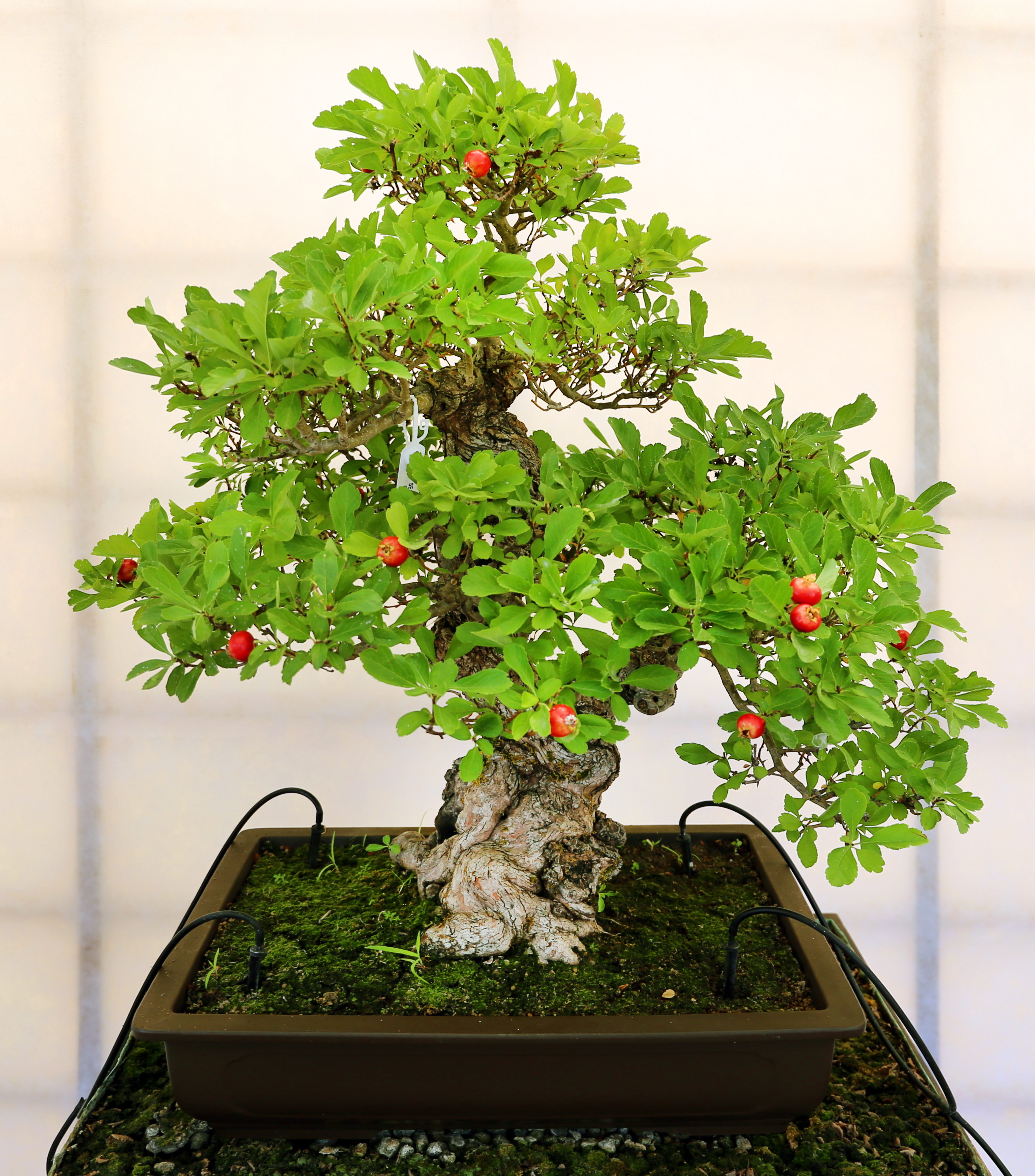
Bonsai - Wikipedia
35+ Trends For Bonsai Tree Meaning In Marathi | Pink Wool
35+ Trends For Bonsai Tree Meaning In Marathi | Pink Wool
BONSAI (Marathi Edition) - Kindle edition by A. B. PATIL. Religion & Spirituality Kindle eBooks @ Amazon.com.
Bonsai Plants: A fascinating sculptural plant for your garden | Most Searched Products - Times of India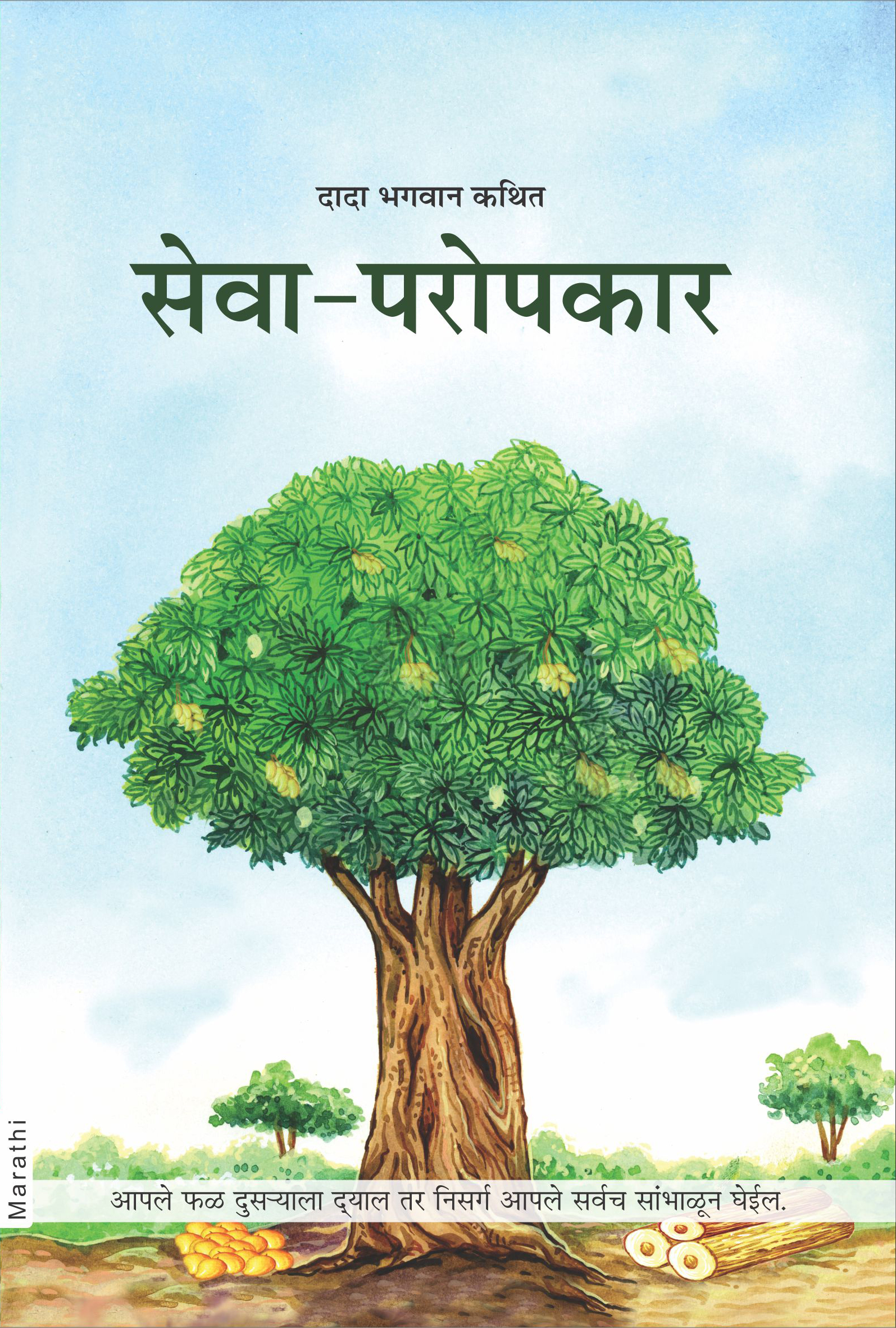
35+ Trends For Bonsai Tree Meaning In Marathi | Pink Wool
bonsai tree meaning in urdu/hindi | Tree meanings, Bonsai tree, Bonsai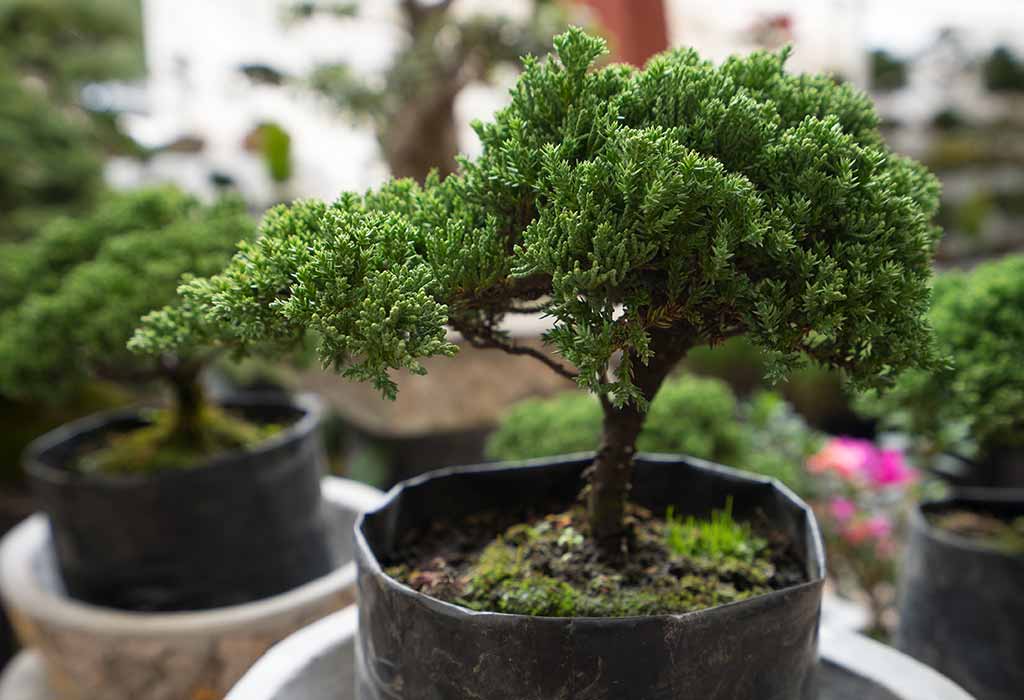
How to Grow a Bonsai Tree at Home
Ficus Bonsai, Ficus microcarpa, Long Island First Styling and Pruning in Hindi, Marathi and English - YouTube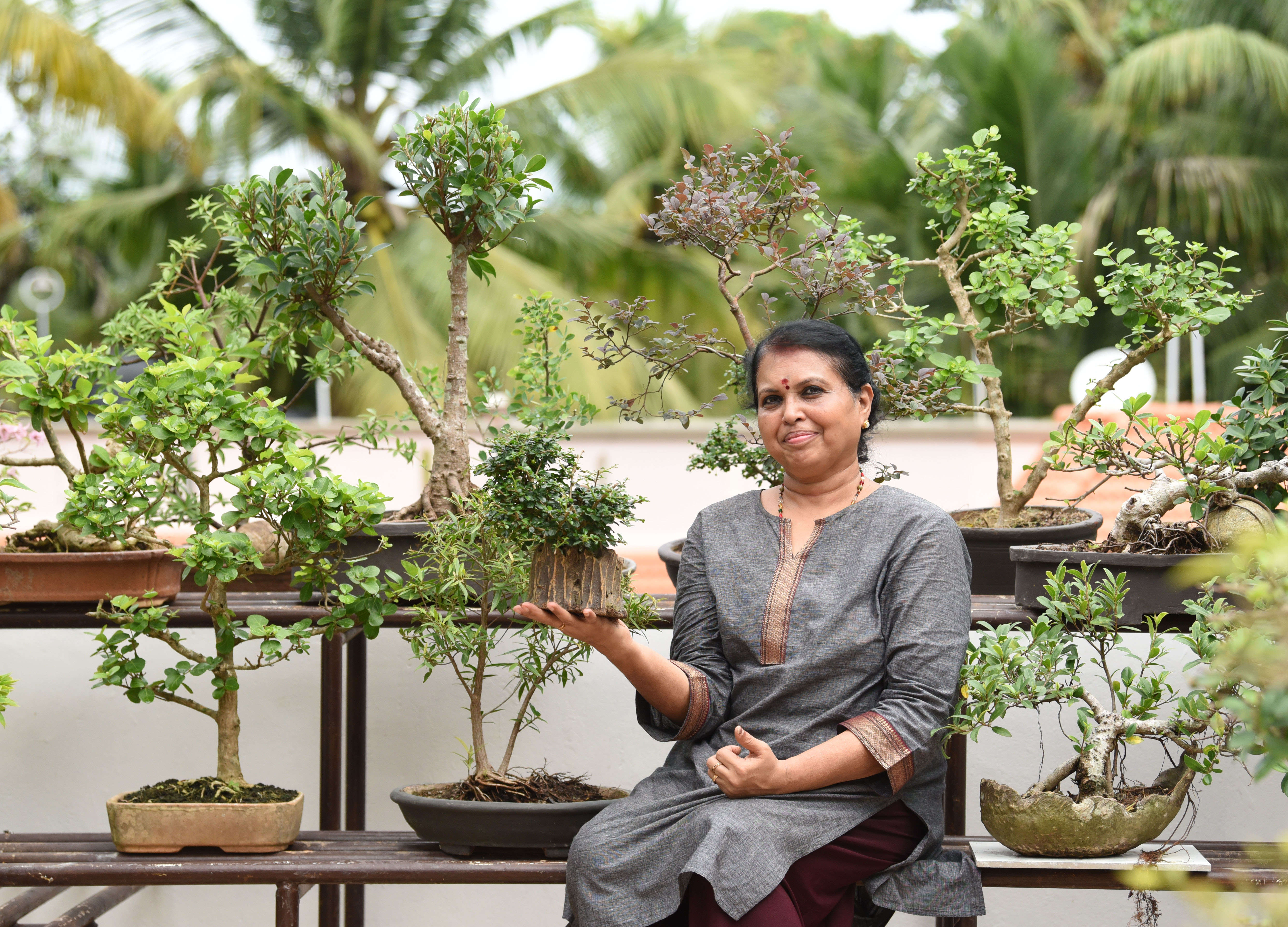
Jaya's bonsai: A botanist and her bonsai garden | Kochi News - Times of India
Pin by Lokeswari on GM GN flowers | Bonsai seeds, Bonsai tree, Bonsai tree types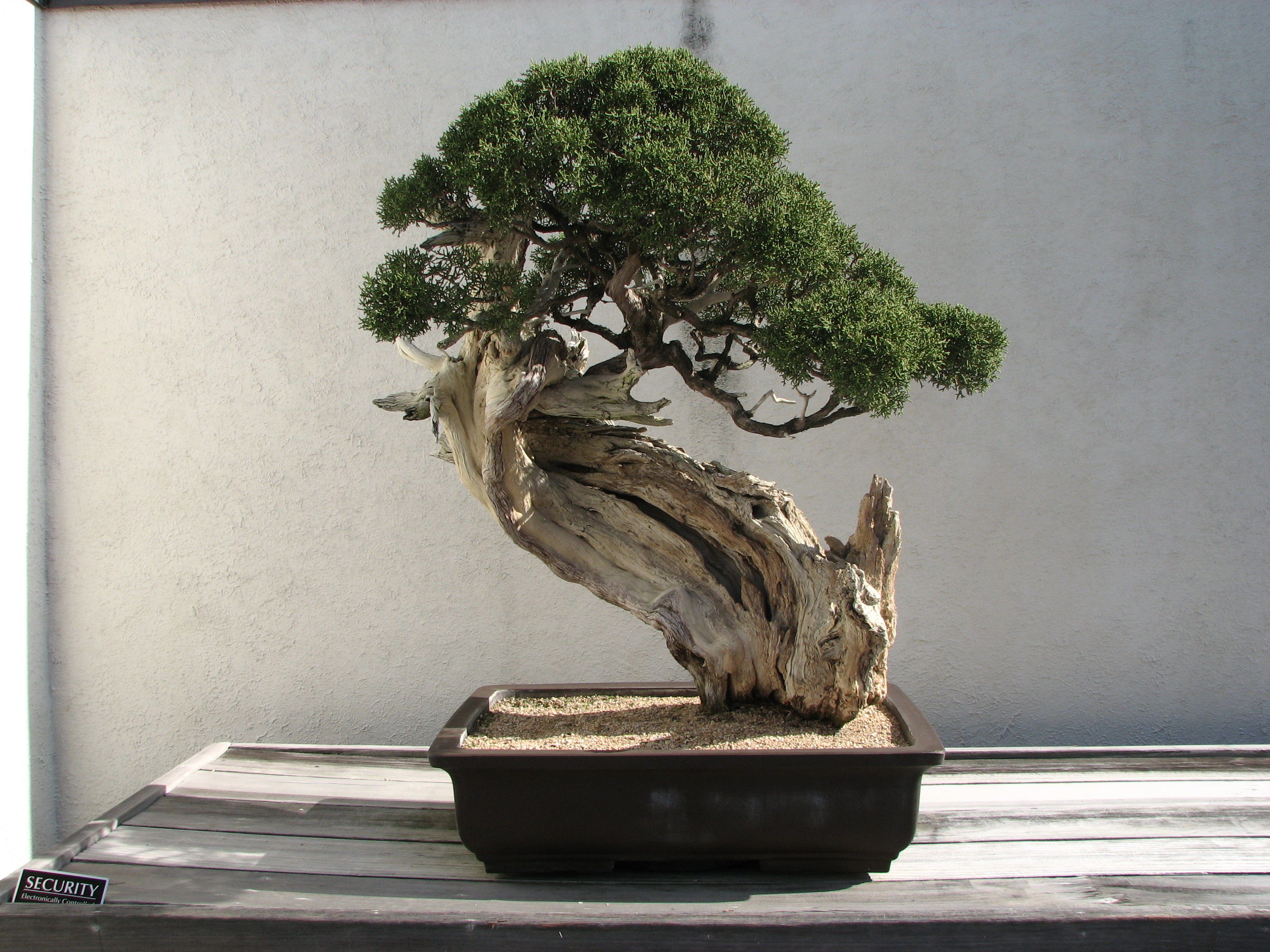
35+ Trends For Bonsai Tree Meaning In Marathi | Pink Wool
What is Bonsai? - YouTube
35+ Trends For Bonsai Tree Meaning In Marathi | Pink Wool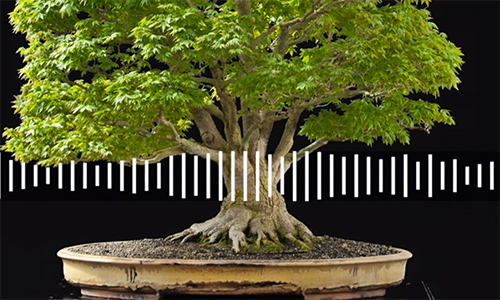
35+ Trends For Bonsai Tree Meaning In Marathi | Pink Wool
Bonsai tree meaning in Hindi/Marathi/Feng Shui/Urdu/Gujarati/Punjabi
35+ Trends For Bonsai Tree Meaning In Marathi | Pink Wool
According to Vastu shastra in Marathi plant these 5 trees in your home for money Mata Lakshmi - YouTube | Vastu shastra, Plants, Vertical garden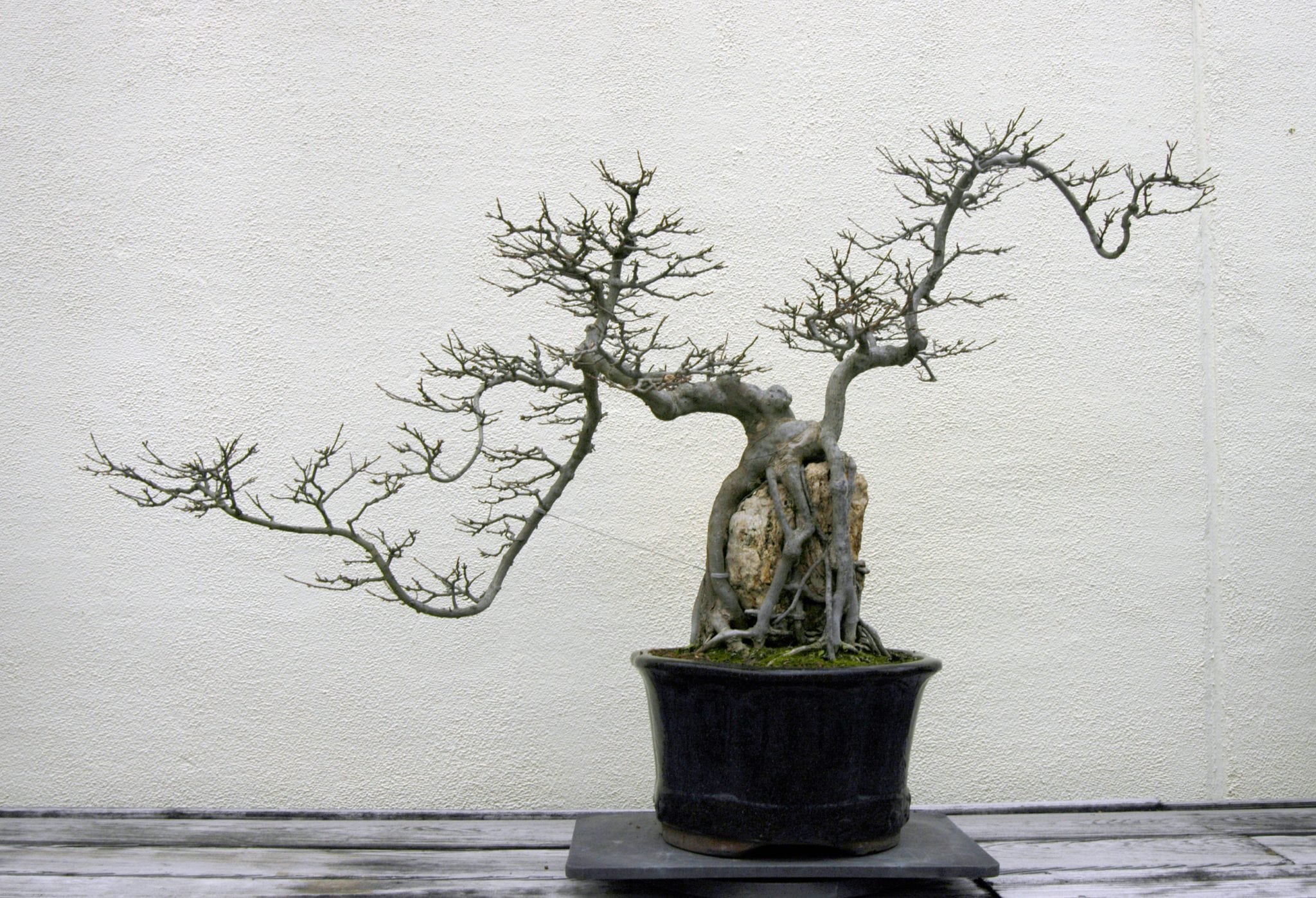
35+ Trends For Bonsai Tree Meaning In Marathi | Pink Wool
Bonsai - Wikipedia
35+ Trends For Bonsai Tree Meaning In Marathi | Pink Wool
Bonsai Ficus (Hindi) - YouTube
Bonsai Plants: A fascinating sculptural plant for your garden | Most Searched Products - Times of India
Banyan Tree Bonsai | Banyan tree bonsai, Outdoor bonsai tree, Bonsai tree types
Bonsai - Wikipedia
Local Guides Connect - The National Bonsai Park in Delhi - Local Guides Connect
35+ Trends For Bonsai Tree Meaning In Marathi | Pink Wool
Bonsai Plants: A fascinating sculptural plant for your garden | Most Searched Products - Times of India
How to Make Bonsai of Banyan Tree at Home | Bonsai Tree Facts | Wild Bonsai (Urdu/hindi) - YouTube
How to grow bonsai trees step by step guide
How to care Adenium plant bonsai with flowers | How to care desert rose, Adenium, Adenium bonsai - YouTube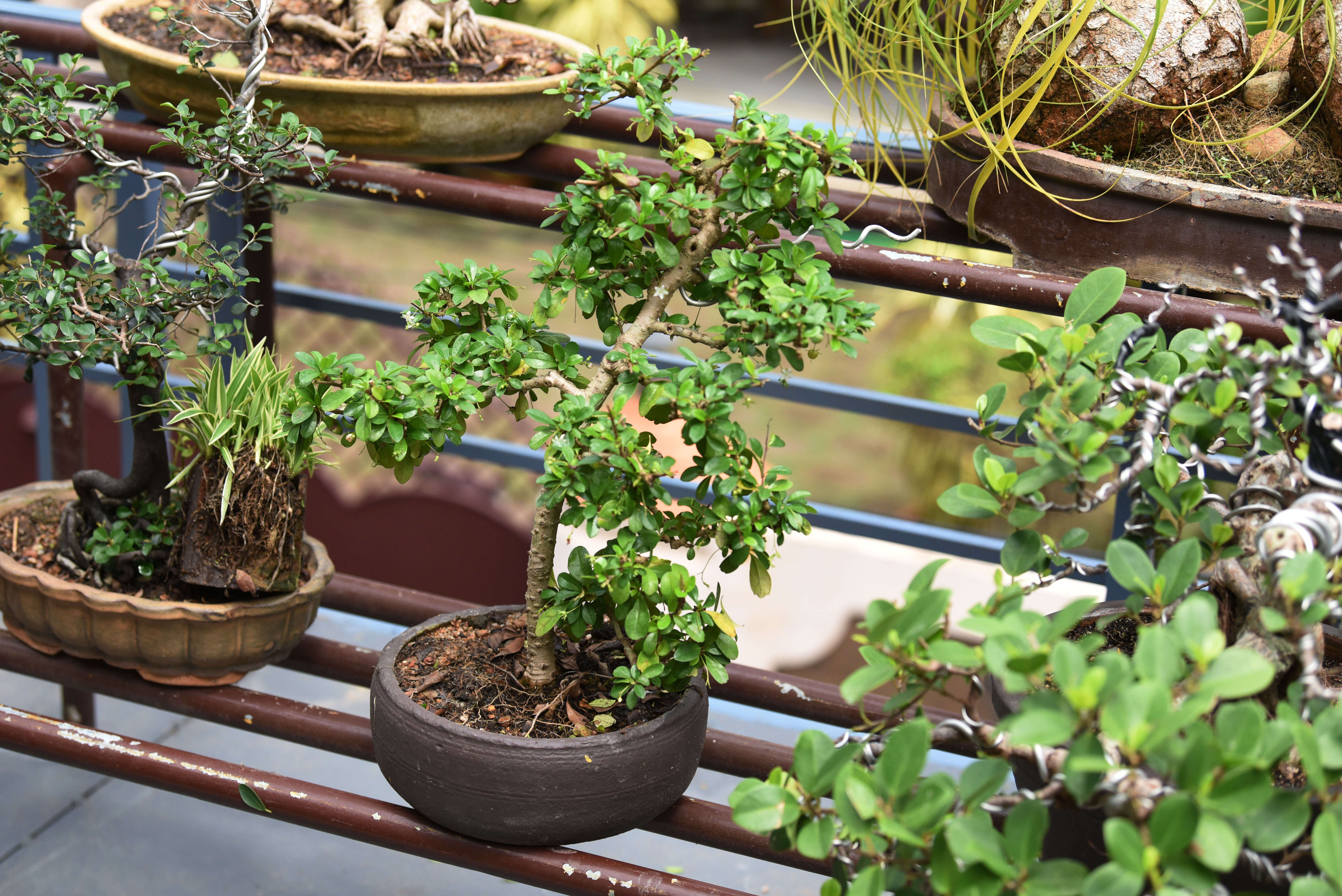
Jaya's bonsai: A botanist and her bonsai garden | Kochi News - Times of India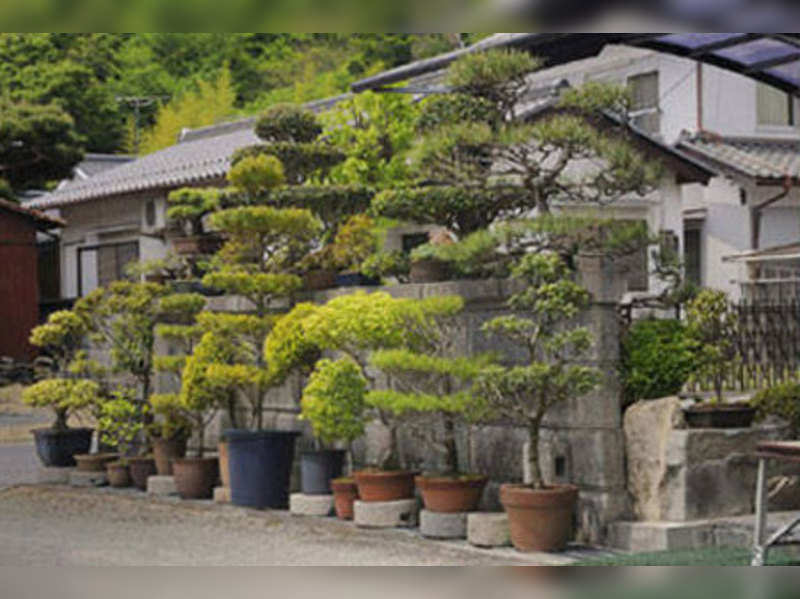
Beginners guide to Bonsai - Times of India
How to Start a Bonsai Tree (with Pictures) - wikiHow
How to easily make a Bonsai Tree under 50 rupess | Best Bonsai for beginners - YouTube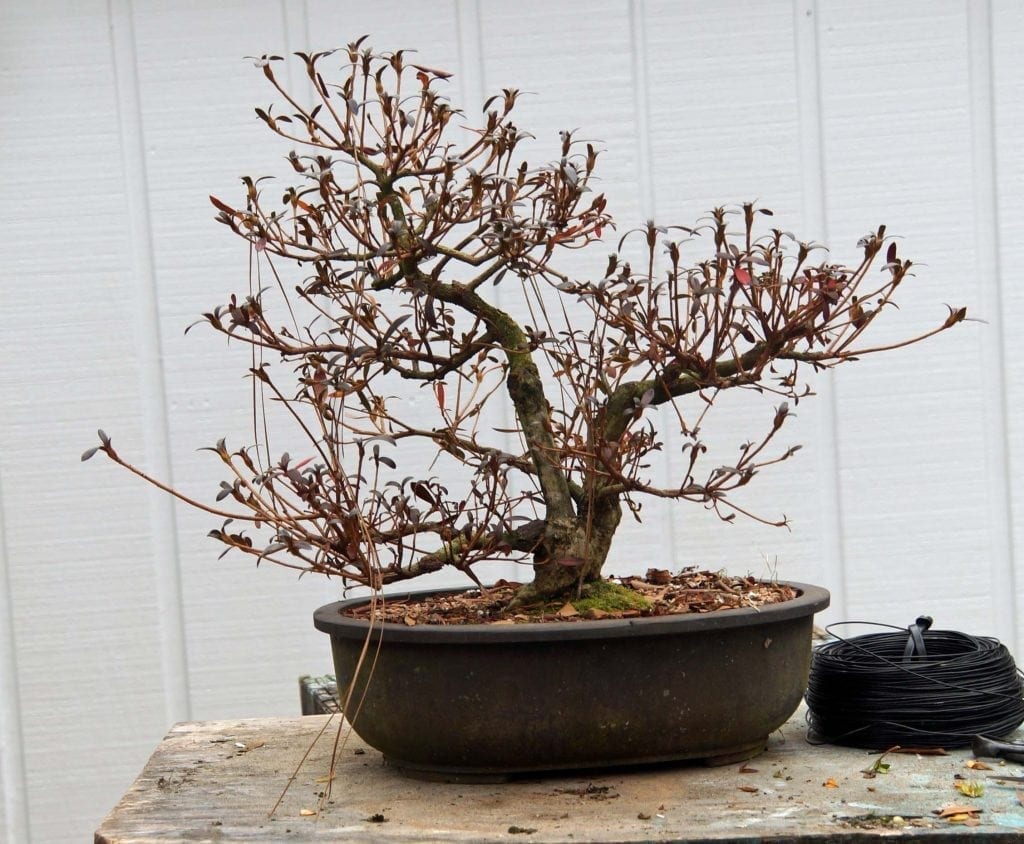
35+ Trends For Bonsai Tree Meaning In Marathi | Pink Wool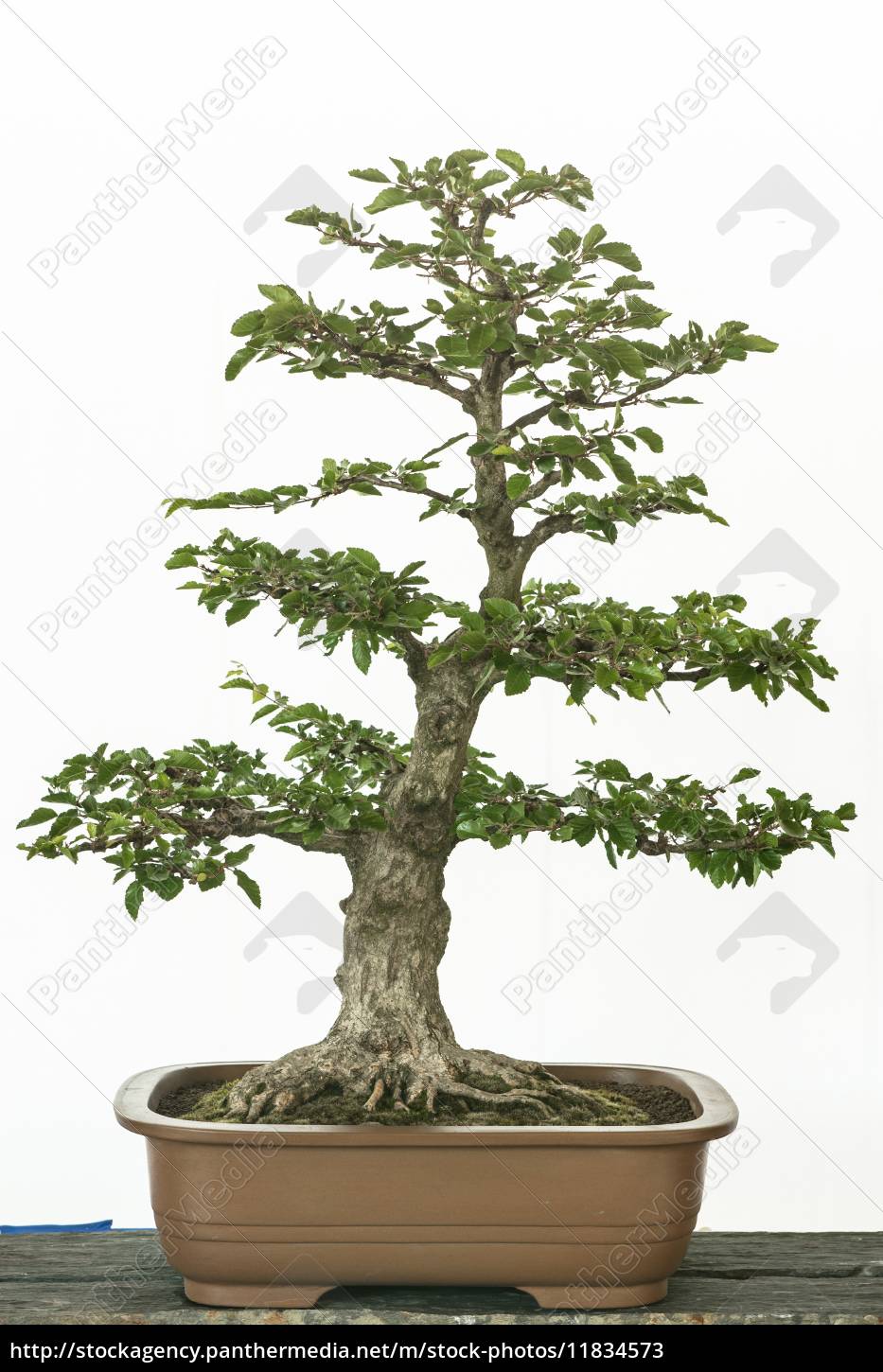
Korean hornbeam as bonsai tree - Stock Photo - #11834573 | PantherMedia Stock Agency
Artificial Bonsai Trees For Home Decoration - designyourhouse.net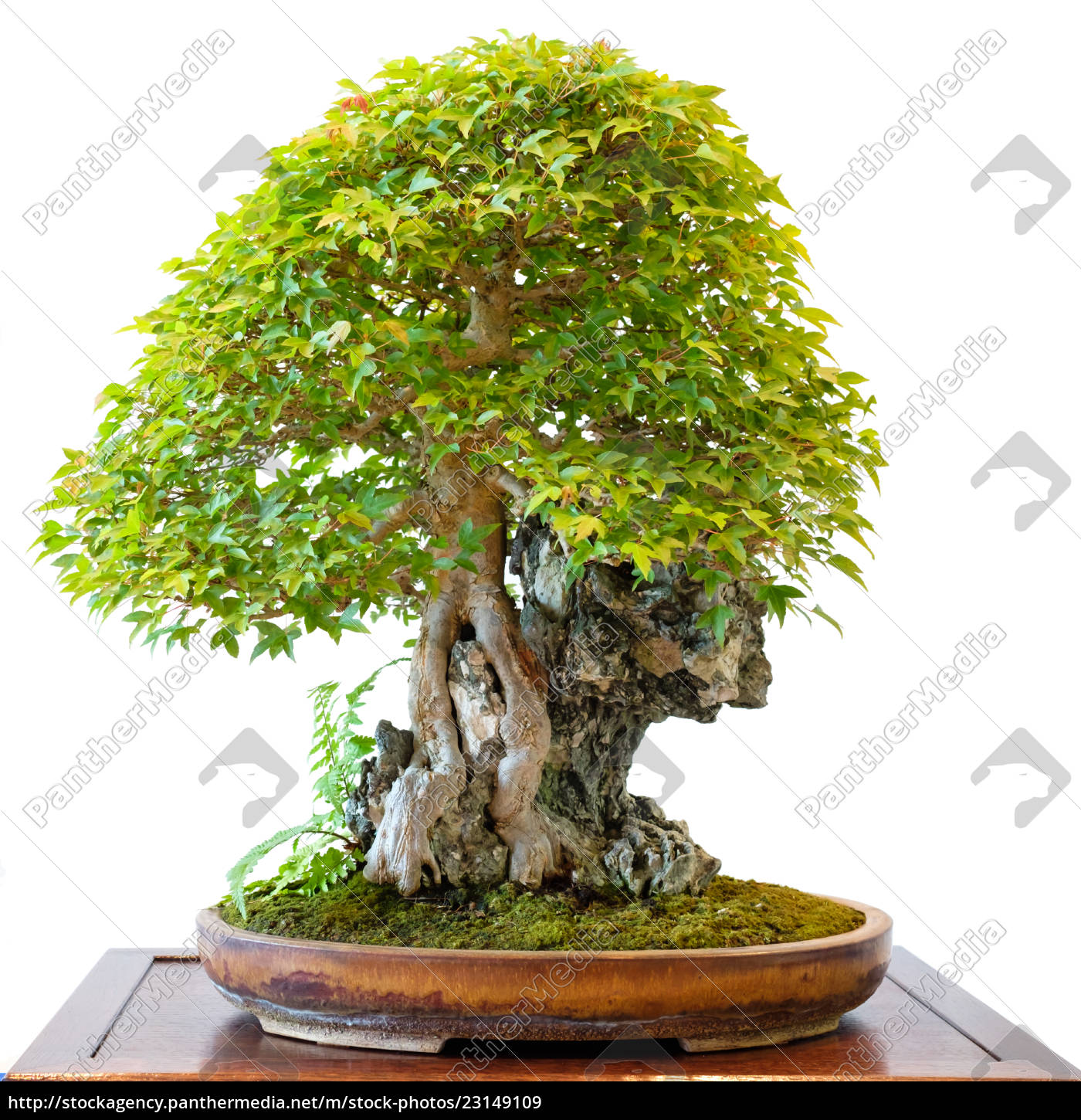
trident maple acer buergerianum as a bonsai tree - Stock Photo - #23149109 | PantherMedia Stock Agency
 35+ Trends For Bonsai Tree Meaning In Marathi | Pink Wool
35+ Trends For Bonsai Tree Meaning In Marathi | Pink Wool




































Post a Comment for "bonsai tree information in marathi"